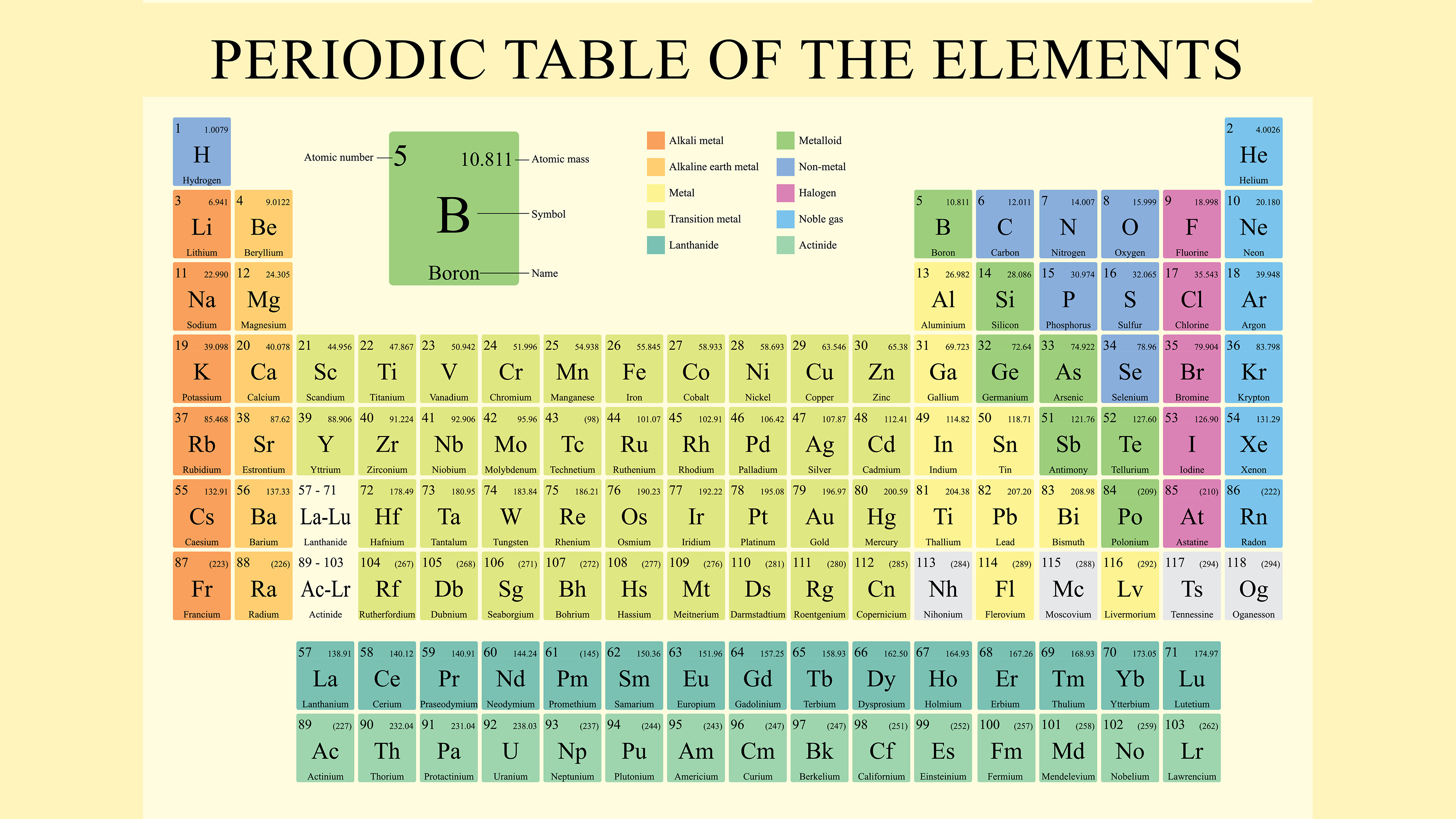Current physical activity guidelines focus on volume and intensity for Cardiovascular Disease prevention rather than common behaviors responsible for movement. A new study by a multi-institutional team examined the associations of a machine‐learned, accelerometer‐measured behavior termed daily life movement (D.L.M.) with incident CVD.
The study shows that simply being “up and about” performing routine activities, referred to as daily life movement, including housework, gardening, cooking, and self-care activities like showering, can significantly benefit cardiovascular health.
As compared to those, who perform less than two hours per day of daily life movement, women with at least four hours of daily life movement had a 43% lower risk of cardiovascular disease, 43% lower risk of coronary heart disease, 30% lower risk of stroke and notably, a 62% lower risk of cardiovascular disease death.
First author, first author Steve Nguyen, Ph.D., M.P.H., postdoctoral scholar at the Herbert Wertheim School of Public Health, said, “The study demonstrates that all movement counts towards disease prevention. Spending more time in daily life movement, which includes a wide range of activities we all do while on our feet and out of our chairs, resulting in a lower risk of cardiovascular disease.”
Using a machine learning algorithm, scientists classified each minute spent awake into one of five behaviors: sitting, sitting in a vehicle, standing still, daily life movement, or walking or running. Daily life movement includes activities when standing and walking within a room or patio, such as getting dressed, preparing meals, or gardening.
As part of the Women’s Health Initiative Objective Physical Activity and Cardiovascular Health study, scientists measured the physical activity of nearly 5,416 American women aged 63 to 97 who did not have heart disease at the start of the study.
Participants were asked to wear a research-grade accelerometer for up to seven days. The device accurately measures how much time women spent moving and, significantly, the types of common daily life behaviors that result in movement and are not often included in prior studies of light and moderate-to-vigorous intensity physical activity.
In this study, 616 women were diagnosed with cardiovascular disease, 268 with coronary heart disease, 253 had a stroke, and 331 died of cardiovascular disease.
Senior author Andrea LaCroix, Ph.D., M.P.H., said, “Much of the movement engaged in by older adults is associated with daily life tasks, but it may not be considered physical activity. Understanding the benefits of daily life movement and adding this to physical activity guidelines may encourage more movement.”
Journal Reference:
- Steve Nguyen et al. Accelerometer‐Derived Daily Life Movement Classified by Machine Learning and Incidence of Cardiovascular Disease in Older Women: The OPACH Study. DOI: 10.1161/JAHA.121.023433
Note: This article have been indexed to our site. We do not claim legitimacy, ownership or copyright of any of the content above. To see the article at original source Click Here













